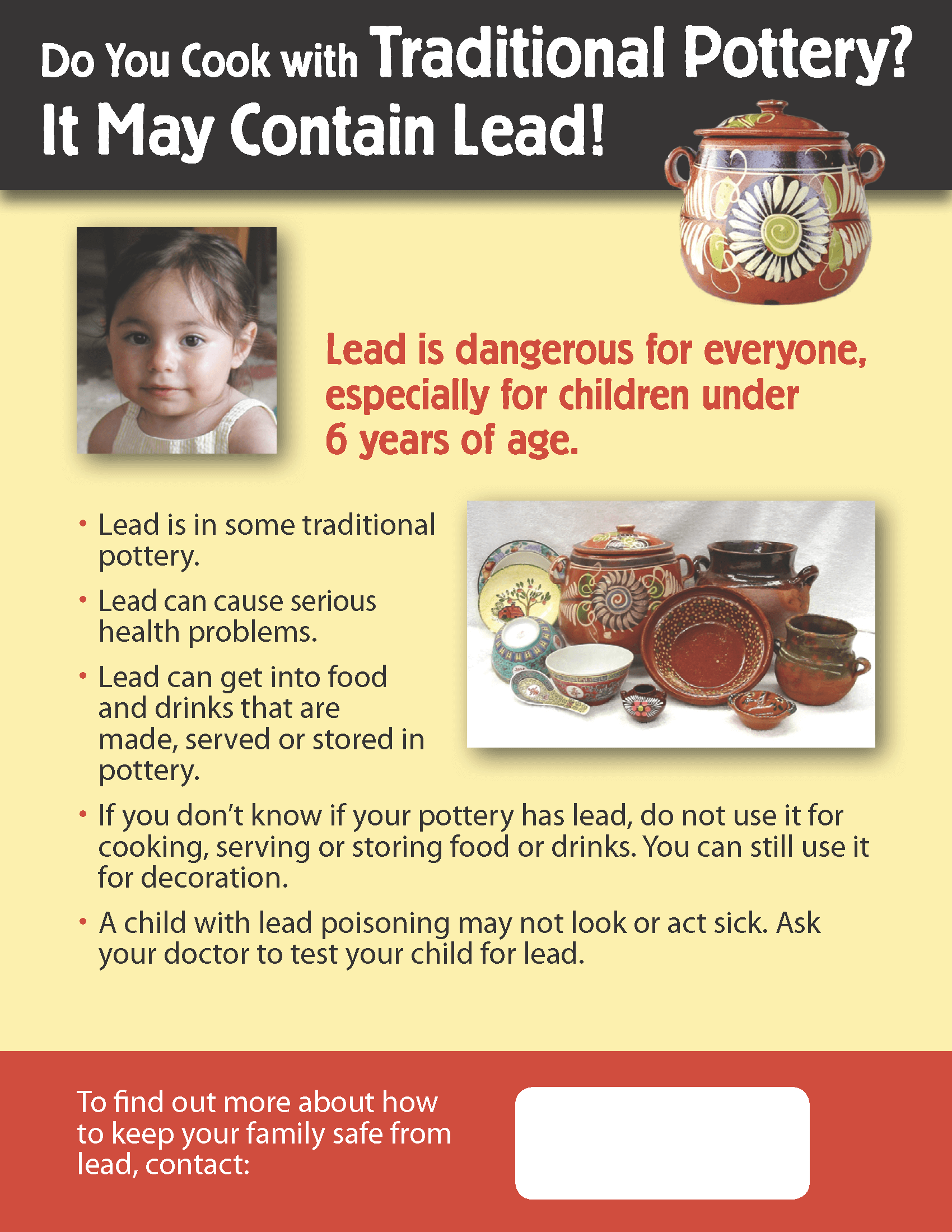Looking for complete and dependable information in plain language about heart, lung, and blood diseases and sleep disorders in Spanish? Check out the NHLBI's Spanish-language topics on the Diseases and Conditions Index (DCI)
- VaccinateHCWorkers_0.pdf (81.75 KB)
First do no harm : Protect patients by making sure all staff receive yearly influenza vaccine!
- VaccinateHCWorkers.pdf (81.75 KB)
Our members enjoy professional support, educational programs, and numerous opportunities for participation in association decision making. With your support, we can carry out our mission to advance the art and science of dental hygiene, and to promote the highest standards of education and practice in the profession.
An interactive lead case study by Susan Buchanan, MD, Linda Forst, MD, MPH, and Anne Evens, MS.
Photonovelas in English and Spanish. Produced by the North Carolina Farmworker Project.
- Heat_Illness_Novela_English.pdf (1.41 MB)
- Heat_Illness_Novela_Spanish.pdf (1.42 MB)
- fotonovela_directions.doc (77.5 KB)
California Department of Public Health offers numerous bilingual educational materials regarding childhood lead poisoning prevention.
Spanish brochure to help workers prevent taking lead into their homes from the CA Dept. Public Health, Occupational Health Branch - The Occupational Lead Poisoning Prevention Program.
- Lead_TakeHome_CA_esp.pdf (478 KB)

Bilingual flyer from the CA Department of Public Health.
- PotteryFlyer_Eng_Esp_CA.pdf (827.21 KB)
The Occupational Lead Poisoning Prevention Program (OLPPP) is a program in the California Department of Public Health that helps employers, workers, and others prevent lead poisoning in workers.
U.S. Department of Housing and Urban Development lead information
Lead information from National Institute of Environmental Health Sciences
Lead is a toxic metal that was used for many years in products found in and around our homes. Lead also can be emitted into the air from motor vehicles and industrial sources, and lead can enter drinking water from plumbing materials. Lead may cause a range of health effects, from behavioral problems and learning disabilities, to seizures and death. Children six years old and under are most at risk.
To access information on a specific state or local area, click on the map or scroll down and pick the state or local name from the list provided.
Approximately 250,000 U.S. children aged 1-5 years have blood lead levels greater than 10 micrograms of lead per deciliter of blood, the level at which CDC recommends public health actions be initiated. Lead poisoning can affect nearly every system in the body. Because lead poisoning often occurs with no obvious symptoms, it frequently goes unrecognized. CDC’s Childhood Lead Poisoning Prevention Program is committed to the Healthy People goal of eliminating elevated blood lead levels in children by 2010.
Mexican-made “lead-free” bean pots contain high levels of toxic metal.
A resource from SAGE in English and Spanish. A reminder to wash hands to prevent sickness from spreading. Prints legal size.
A resource from SAGE in English and Spanish. A reminder to cover your mouth when you cough or sneeze to prevent sickness from spreading. Prints legal size.
Sage Words developed a pandemic flu brochure specifically for a small clinic on the Navajo Reservation. Though the illustrations are targeted towards this population, it is available in English and Spanish, and the information is general. It includes preventative measures, and is for low-literacy users. It’s designed to be easily photocopied or printed from computers and is available to anyone who might find it appropriate to use.
This resource helps you address stigmatization by providing best practices for inhibiting and the actions to take when you encounter stigmatization when new infectious diseases and illness emerge.
Early in an outbreak, such as the 2009 H1N1 outbreak, groups of people, places, and animals can be singled out and will be at risk of being stigmatized by association with the threat this virus poses. Groups are stigmatized by an infectious disease when the risk of infection to others is not present or remote but the association of the risk is magnified by others for that population group, or place or animal.
- CERC Stigmatization fact sheet.doc (89.5 KB)
The CA Department of Pesticide Regulation provides videos in Mixteco about pesticide safety. Contact Charlene Martens to get copies or more information: (916) 445-4261 cmartens@cdpr.ca.gov
This digital archive features a number of recordings and texts in the indigenous languages of Latin America. Materials are available in Mixteco, Mam, Nahuatl, Otomi, Triqui, Zapoteco, and many other indigenous languages. These materials give information about the cultures of these indigenous groups. Original works of literature in indigenous languages are also published on this site. AILLA works to preserve written forms of these languages, but it also collects grammars, dictionaries, ethnographies, and research notes that can be used as teaching materials. Most of the archive is free and available to the public.
Just as adults spend most of their days at work, children spend many of their waking hours at school. So it’s not surprising that, along with their homes and communities, schools are where kids learn good habits, like being physically active every day, or potentially bad habits, like not making healthy decisions at lunch. Therefore, as we seek to help nurture the healthiest nation in one generation, schools are a central part of the strategy.
The recommendations provided in this report include specific action steps and new activities that will require additional funding and a renewed commitment by government and nongovernment organizations involved in domestic and international TB control efforts to be implemented effectively. The Federal TB Task Force will coordinate activities of various federal agencies and partner with state and local health departments, nonprofit and TB advocacy organizations in implementing this plan to control and prevent XDR TB in the United States and to contribute to global efforts in the fight against this emerging public health crisis.
- MMWRFeb13 09TBnet.pdf (752.64 KB)